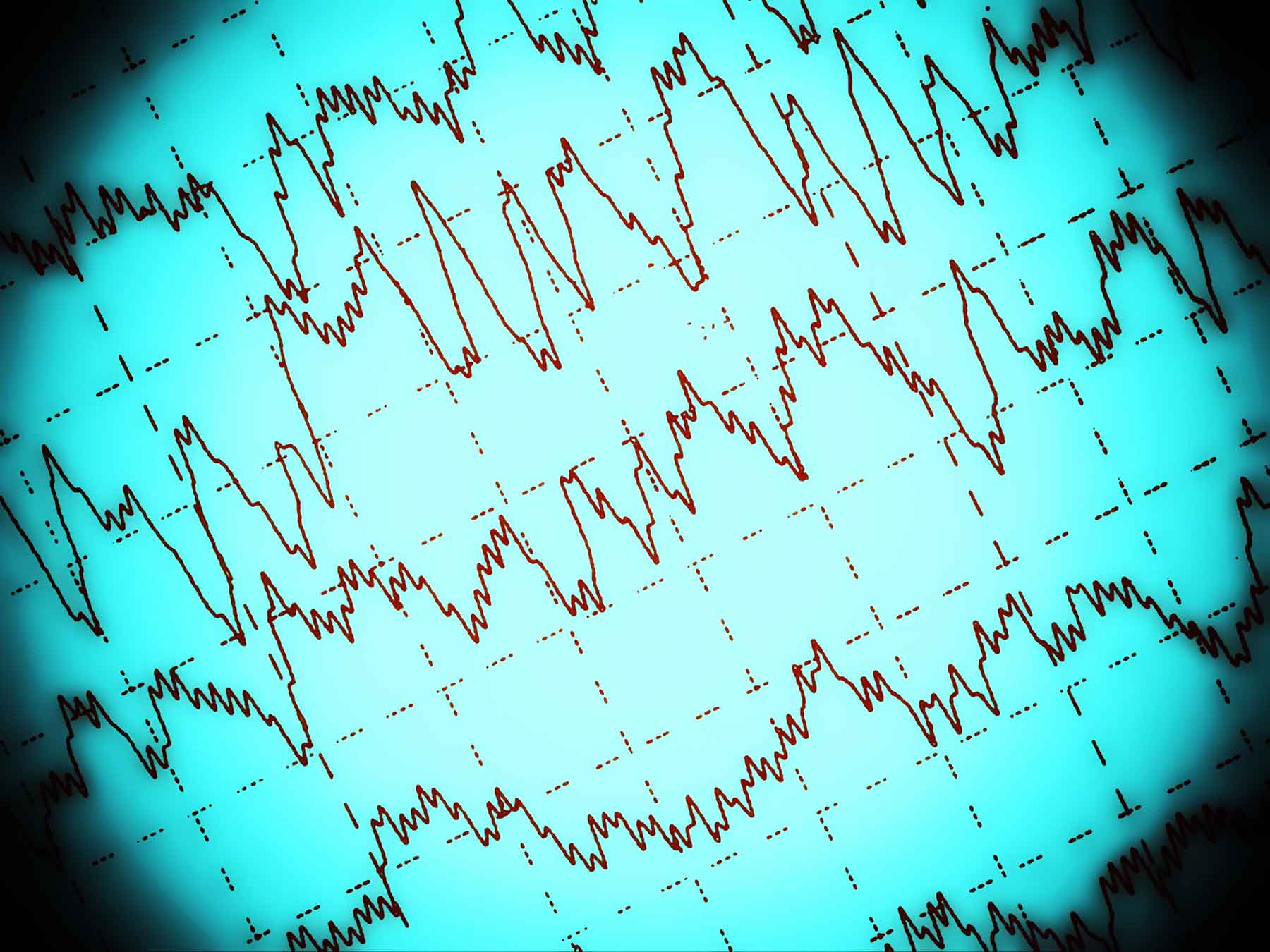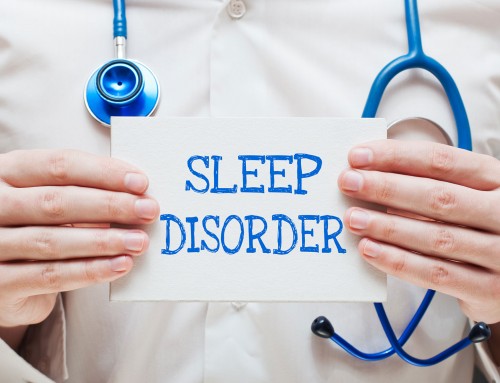How is Narcolepsy diagnosed?
Narcolepsy diagnosis is based on symptoms, physical examination and sleep records. Since the major symptoms are non-specific to narcolepsy, several specialized tests such as polysomnograms and multiple sleep latency tests are required to confirm the diagnosis of narcolepsy. Genetic testing of the HLA-DQB1 allele can also be helpful in the clinical diagnosis of narcolepsy.
Polysomnogram
A polysomnogram (PSG) is an overnight test that measures several signals during the sleep cycle to document any abnormalities. It monitors breathing patterns and consists of an electroencephalogram (measurement of electrical activity of the brain), electrocardiogram (electrical activity of the heart), electromyogram (activity of muscles) and electro-oculogram (activity of eyes). The PSG can show if rapid eye movement (REM) sleep occurs at abnormal times in the sleep cycle, and it can help to eliminate other conditions that may be causing the signs and symptoms.
Multiple sleep latency test
Multiple sleep latency test (MSLT) is a test that measures the tendency to fall asleep. The individual will be asked to take 4-5 naps, each scheduled two hours apart. The sleep patterns are observed during the test. People who have narcolepsy will have a high tendency to fall asleep and enter into REM sleep quickly.
HLA-DQB1 DNA Testing
Genetic testing of the HLA-DQB1 allele can also help in narcolepsy diagnosis. Statistics have shown that DQB1*06:02 allele is present in 90-99% of people affected with narcolepsy.
References:
Tafti M, et al. (2014). DQB1 locus alone explains most of the risk and protection in narcolepsy with cataplexy in Europe. Sleep. 37(1): 19-25.
DNA In the News2017-04-06T19:40:23+00:00






